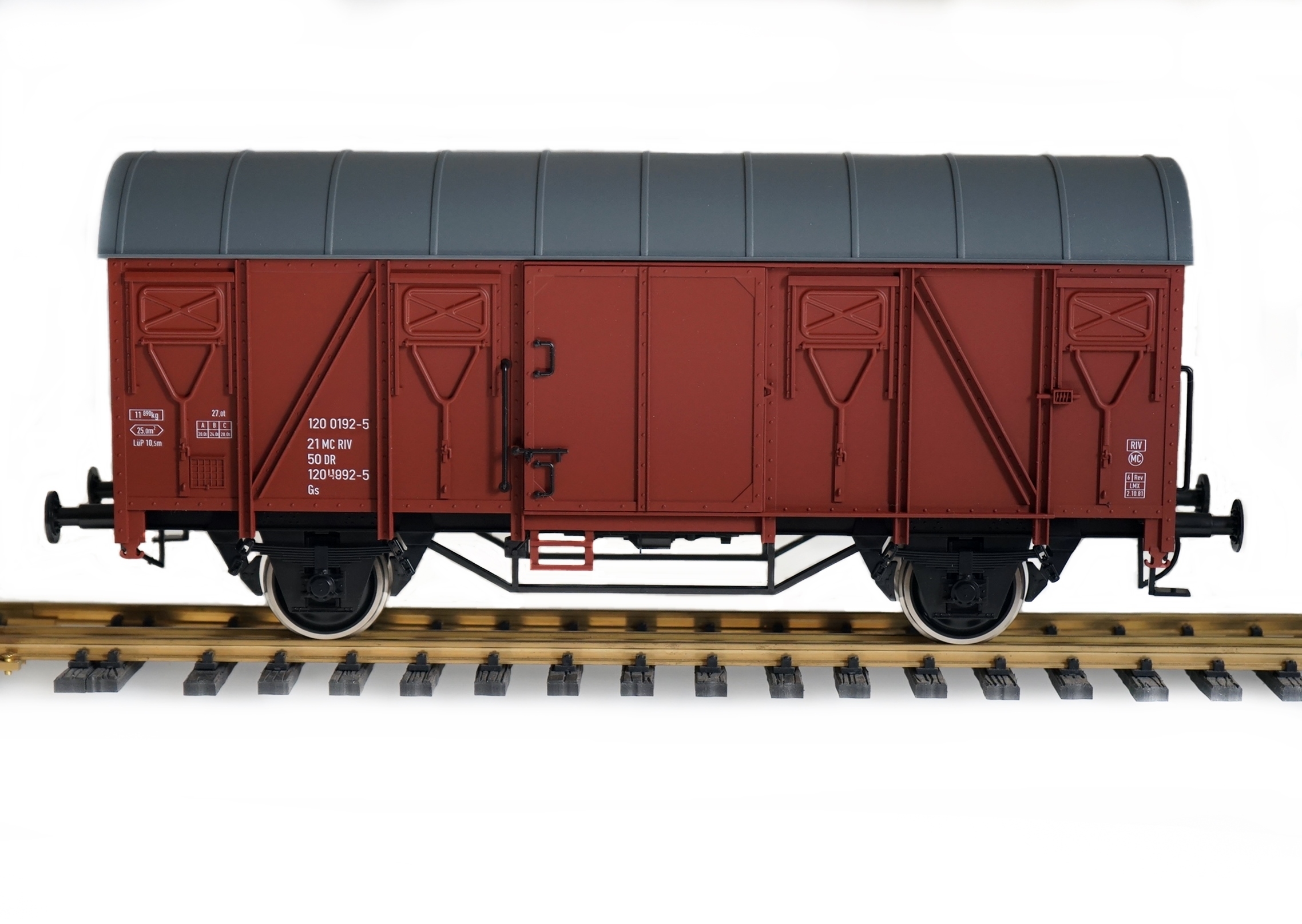Hello all! Just acquired my first live steam. Pretty used and dirty. Was told that it has been a long time since this has run. But at least everything spins and moves as it should.
Looking for some guidance as to how to go about restoring this. Some of the cab body is bent and needs to be straightened, its all a little dirty so needs some cleaning of course. Smoke box door isn't exactly closing right. Other than that, I don't know much so this is going to be a learning experience and i'm happy to dive in. Below are some pictures.
![Image]()
![Image]()
![Image]()
![Image]()
![Image]()
![Image]()
![Image]()
Looking for some guidance as to how to go about restoring this. Some of the cab body is bent and needs to be straightened, its all a little dirty so needs some cleaning of course. Smoke box door isn't exactly closing right. Other than that, I don't know much so this is going to be a learning experience and i'm happy to dive in. Below are some pictures.







